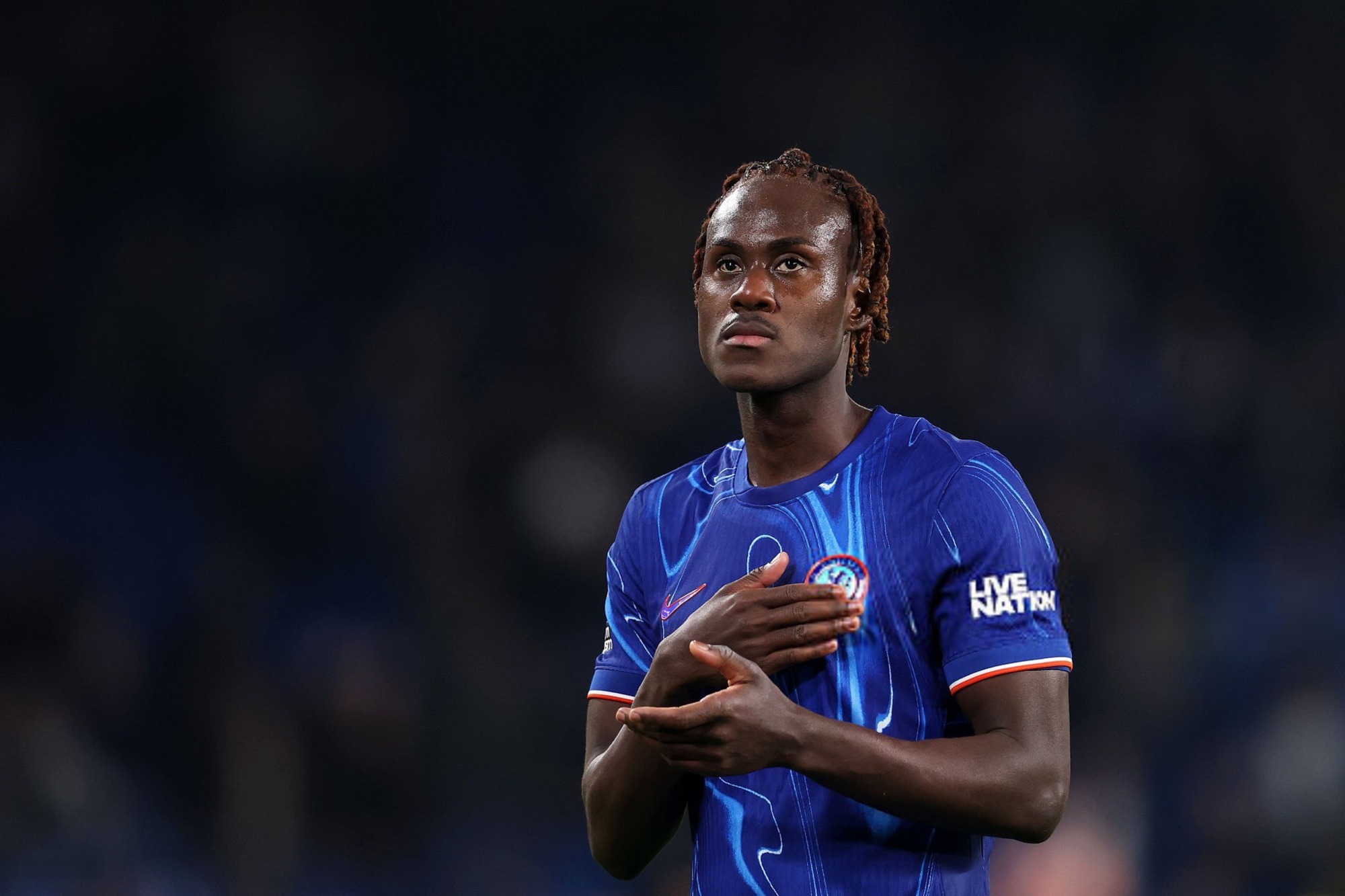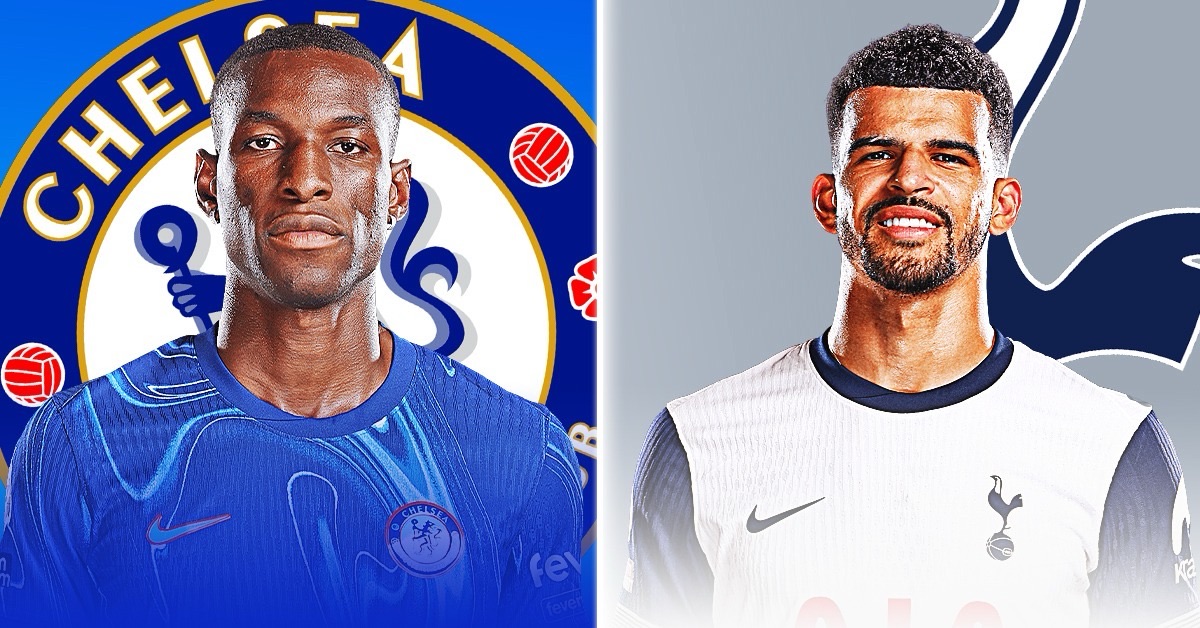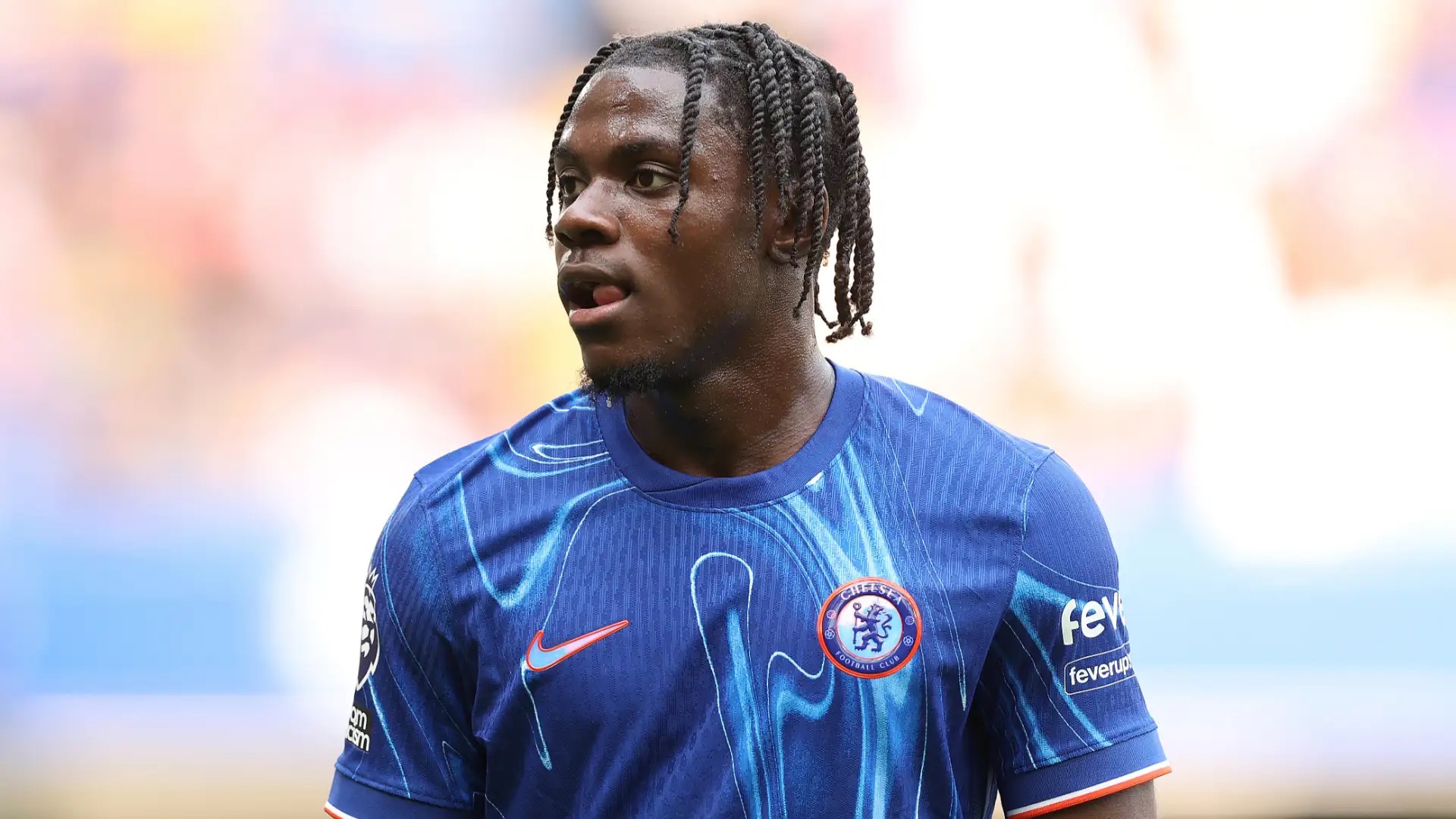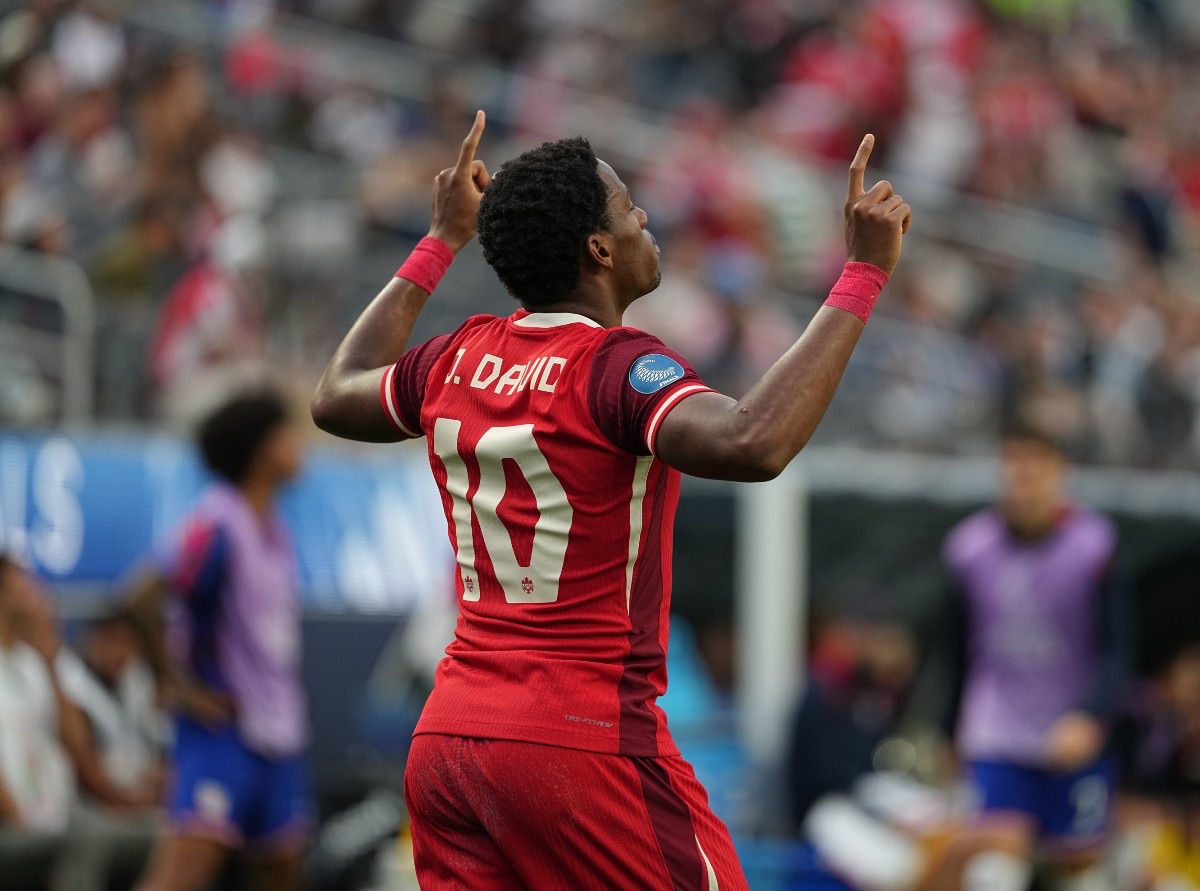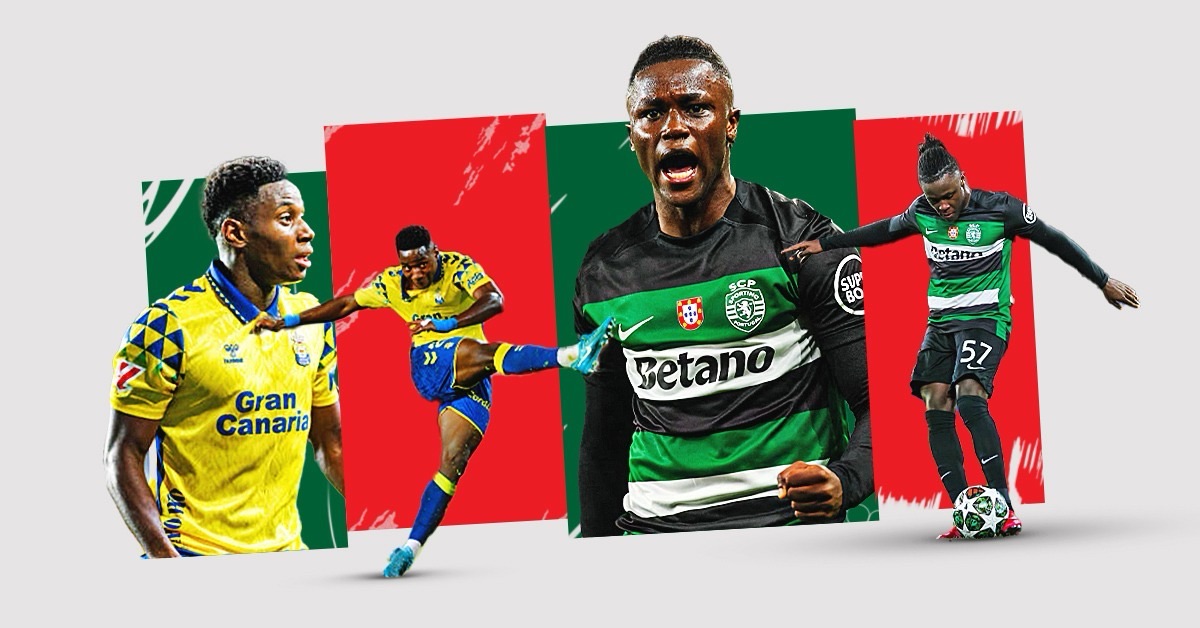
- Chelsea’s defensive set up vs Liverpool.
- Chelsea’s plan to catch Liverpool on the counter.
- How Liverpool penetrated Chelsea’s low-block.
Chelsea’s defensive set up vs Liverpool
Sunday’s EFL final was a clash between Liverpool’s 4-3-3 and Chelsea’s 3-4-2-1. From the get-go, Chelsea matched Liverpool’s midfield 3v3, using a 3-5-2 as such (A). Here, Liverpool was lured into progressing play into wide areas, creating a wide overload as such (B).


At this point, Chelsea shifted to a 4-3-3 in press (C), marking each player in Liverpool’s wide overload. Here, Chelsea’s wingback advanced forward, forming a midfield 3 in efforts to win the ball in the such regions (D). At the same time, Chelsea’s winger also progressed forward, creating a makeshift striking duo ready to run in behind once the ball was won in midfield (E). This facilitated Chelsea’ plan to lethally catch Liverpool on the counter.



Chelsea’s plan to catch Liverpool on the counter
Having the ball retrieved in midfield, also allowed us to maximize Kante and Kovacic’s use in a ball-carrying capacity (F). Here, we took advantage of both players’ driving ability, alongside Kovacic’s passes in behind. And, as mentioned before, our makeshift striking duo were now free to make runs in behind (G), stretching the opposition’s back-line and making them vulnerable.


For these reasons, we saw so many breakaways against Liverpool, unfortunately, not being able to capitalize. That being said, overloading the midfield also allowed us an abundance of numbers in our own half. This begs the question, how did Liverpool eventually break us down?
How Liverpool penetrated Chelsea’s low-block
As mentioned, Liverpool created a wide overload in order to progress play. In response, Chelsea’s 4-3-3 got very compact, resulting in a plethora of space opening for the switch (H). At this point, Liverpool’s deep players were quick to find the switch, putting Chelsea’s opposite wingback in a predicament.

This predicament resulted in Chelsea’s wingback pressing forward, creating two 1v1 situations as such (I). Here, two liable ways of attacking Chelsea opened: 1) By releasing their winger 1v1 against Chelsea’s wide CB (J) or 2) By sending diagonal crosses into the box (K). This is why we saw many 1v1s between Mane/Diaz and Chalobah & Salah and Rudiger, in addition to Trent having the space to launch diagonal crosses.



With that, it is important to note how decisive Liverpool were in punishing the little gaps Chelsea presented. When the switches were on, Liverpool were very quick and decisiveness in subtly switching play through short/medium passes. This decisiveness extended to progressing play through their overloads, despite being man-marked 1v1. Here, Liverpool capitalized on split-second positional lapses from Chelsea, progressing the ball as soon as little gaps appeared. This is a testament to how well-drilled this Liverpool team really is under Klopp, a decisiveness Chelsea lacks.
Where do we go from here?
In the end, this was a display which took us back to our UCL stint last year under Tuchel. It was a highly intense display characterized by aggressive pressing and deadly turnovers in the opposition’s half. While it is promising to see us get back to our roots in “knockout” football, Liverpool’s decisiveness provides a model for us when we revert to dominating possession against smaller teams.
In other words, Chelsea is a team who also progresses play using wide overloads. Unfortunately, Chelsea lacks the decisiveness to take advantage of “split-second gaps” versus low-blocks, resulting in Chelsea being very limited when marked 1v1. What can be done about this? We can find ways to quickly and intently take advantage of the spaces that open throughout the field. This can be in the form of switching play out wide (via long balls), switching play into midfield (via short passes), or playing vertically in behind (via medium/long through balls). Here, it is most important that Chelsea capitalizes the second an opportunity presents itself, in addition to taking players 1v1.
All in all, these are some aspects we can build on as we continue to pursue sealing a top-4 spot in the league, and competing for the UCL and FA Cup.
Written by: Ryan Gunness


